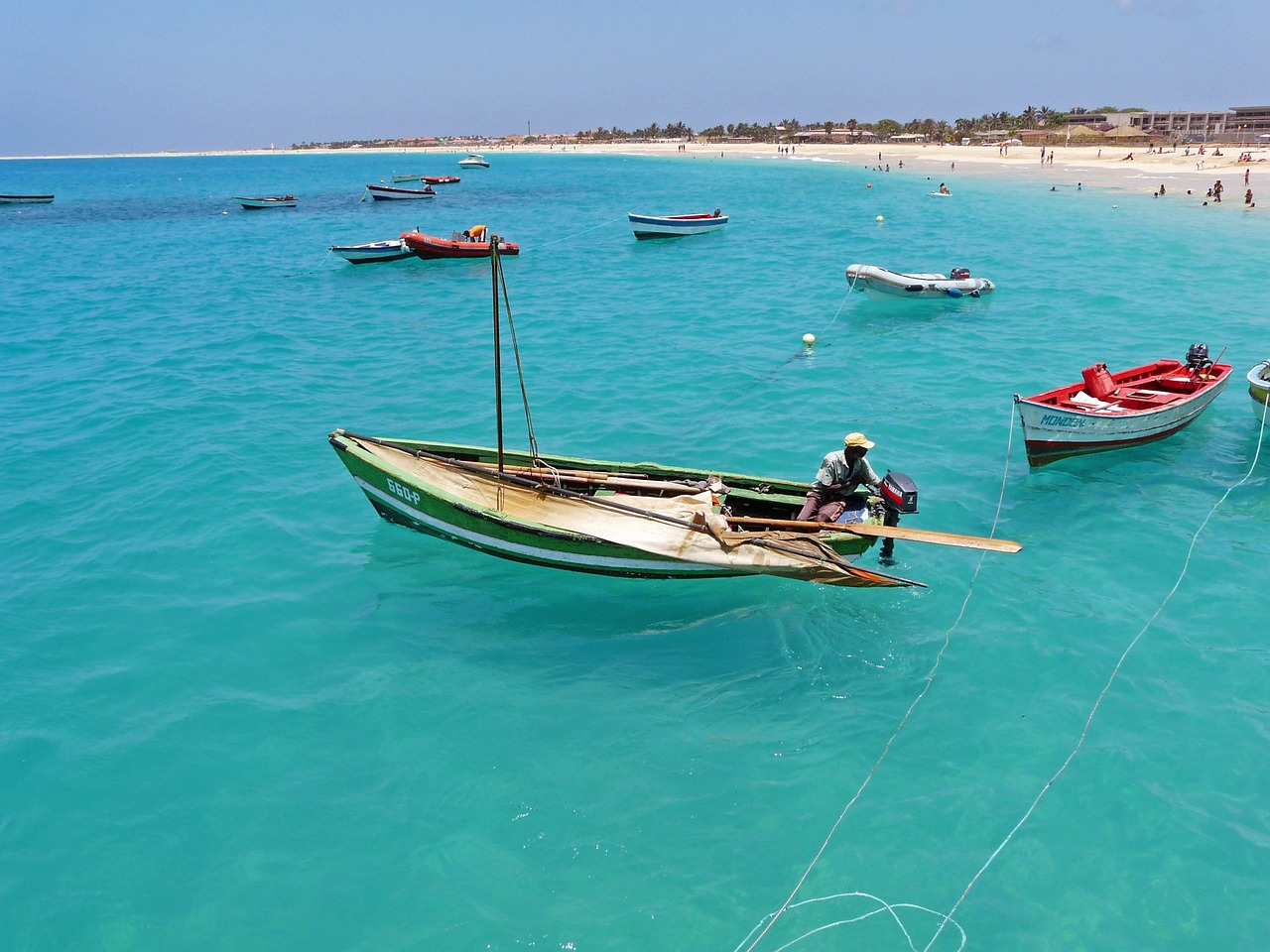

Becky
- ,
- , Destinations, Travel tips
10 Things to Know Before Traveling to Cape Verde (That No One Tells You)
We just returned from a lovely week in Sal – Cape Verde and Here are a few tips to remember before jetting off not usually mentioned in the glossy blogs. Cape Verde is a tropical paradise, but there are a few lesser-known tips that can make your trip even smoother and more enjoyable. Here are 10 things to keep in mind before visiting this stunning island destination.
1. Money: Bring Euros & Small Change
Though Cape Verde has its own currency (Cape Verdean Escudo), Euros are widely accepted. However, make sure to carry small bills and coins for daily purchases and tips, as many local vendors struggle to give change for larger notes. Having a few smaller denominations will save you time and hassle. The currency is the Cape Verdean escudo or CV esc which can only be obtained in the islands therefore you cannot purchase this outside cape verde or in advance. The locals will take both currencies by will convert at a local universal rate £1 = cve120* as at sept 2024.
2. Airport Tips
The airports in Cape Verde, including Amílcar Cabral International Airport on Sal Island, are quite small. If you’re traveling from a country that requires a visa on arrival, there is a separate (and small) lane for this process. The service is quite fast as they don’t have a bulk of flights landing and easy. All travellers must complete an EASE form prior to arrival (link :https://registration.cv.zetes.com). For passengers from visa-exempt countries, eGates are available. Trolleys are free, but you might encounter touts asking for money to return them—this is up to you whether you wish to tip or not.
3. Language Barrier
The official languages are Portuguese and Creole, and while English is spoken in tourist areas, it’s not universal. Many locals may have limited English skills, so be prepared to speak slowly and clearly. A translation app on your phone, or even showing pictures of what you need, can be extremely helpful when communicating with locals, especially in more remote areas.
4. The Heat is Intense

Cape Verde’s sun is relentless, and it’s a different kind of heat. It’s wise to bring your own sunscreen, sunglasses, and hats, as imported goods can be expensive on the islands. Sunscreen in particular can be overpriced, so it’s better to pack your own. Here’s a sunscreen recommendation from Amazon: Sunscreen Link. Staying cool is also key, so consider bringing a cooling water bottle like this one: Cooling Water Bottle.
5. Roaming Dogs
One unusual sight on the island is the number of stray dogs. These dogs are generally non-aggressive and often just looking for food. While it might be tempting to feed them, hotels advise against this as it encourages the dogs to return. So, if you see them wandering near the beach or hotels, don’t worry—they’re harmless but looking for snacks!
6. Drinks – Consider Bringing Your Own
Some travellers have reported that the wine served in hotels doesn’t quite meet expectations. If you’re particular about your beverages, consider bringing some of your own, especially if you enjoy a specific brand. In many hotels, including Morabeza, it’s acceptable to bring your own drinks for dinner (though they may charge for corkage). Prices for soft drinks average around €2.50, while beers and wines cost around €5.
7. Haggling in Santa Maria

When shopping in the streets of Santa Maria, be prepared to haggle. Prices for tourists can be inflated, so use your judgment and common sense. For example, we managed to negotiate two Cabo Verde printed mugs for €5. Paintings that might start at €70 on the street can often be found for half that price in the duty-free shops, so don’t be afraid to negotiate or wait until the airport.
8. Fish, Fish, and More Fish
Being an island nation, fish is naturally a big part of the local cuisine. Tuna is a popular staple, but it’s a good idea to ask about the type of fish being served. Also, some of the salads may taste unusually salty, and it’s worth checking whether the vegetables are washed in sea water. If you’re a fan of fresh seafood, you’ll love it here!
9. Street Kids
You may encounter children in tourist areas asking for money, but the local government and hotels strongly advise against giving them cash. The reason behind this is that many children stop attending school if they can earn money from tourists. Instead, consider donating to local schools or churches, which are better equipped to help the children long-term.
10. Hair Braiding and Massages
In many tourist spots, locals offer services like hair braiding and massages by the roadside. These vendors often quote “tourist prices” that can be haggled down. For example, a full head of braids might start at €100 but can be negotiated down to around €30. Always bargain and be aware of the local rates before agreeing to a service. Massages we found these cheaper and just as good as the resorts on average 30 – 5- euro outside hotels dependant on the procedure being undertaken.
Conclusion

Cape Verde, especially Sal Island, is a unique and beautiful destination. These lesser-known tips will help you navigate the island like a pro and ensure a smooth, hassle-free experience. Stay tuned for our next blog post, where we’ll dive deeper into the hidden gems and must-visit spots in Sal, Cape Verde!
Happy travels!



